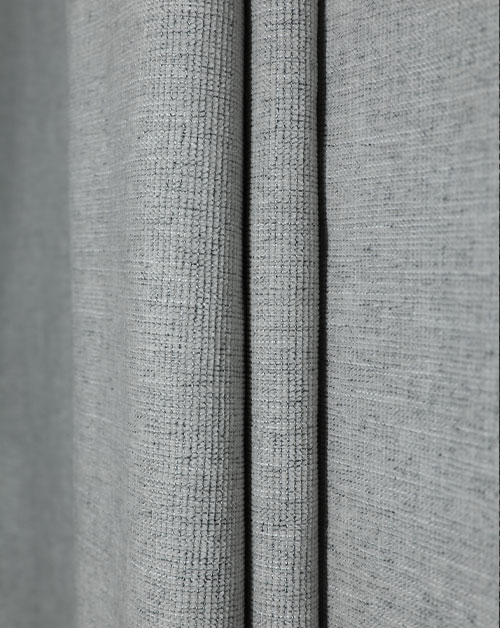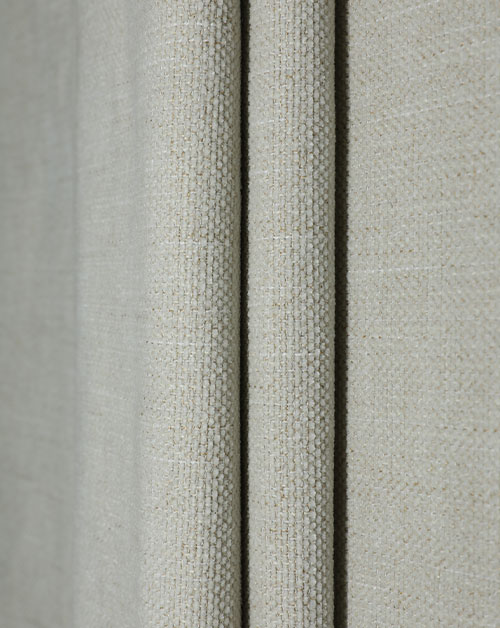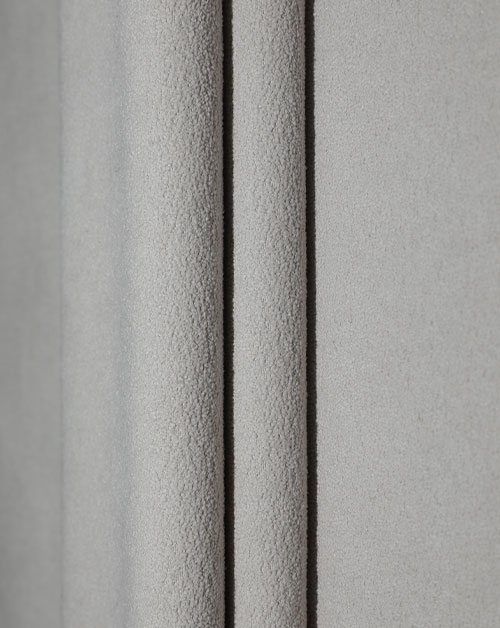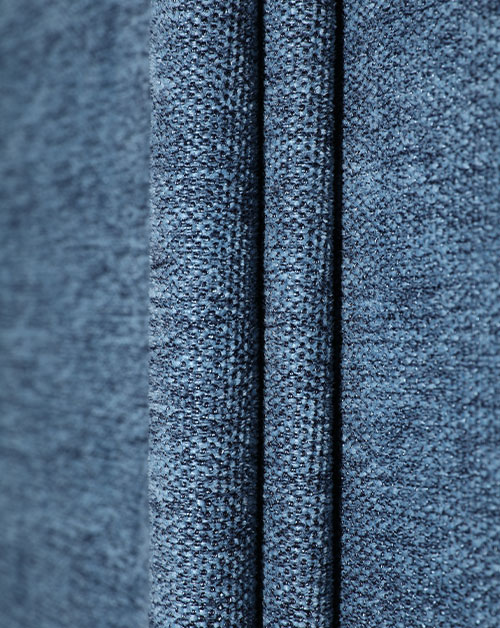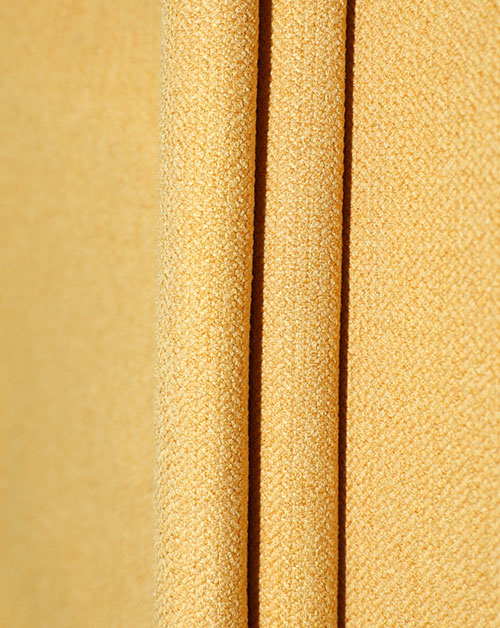Cut pile fabric is a type of knitted fabric that has a fluffy surface. It is often used for making apparel and home furnishing items. Pile fabrics can also be made through other processes, such as tufted or stitch-bonded.
In general, a fabric that has fuzzy or fluffy fibers on its surface is called a napped textile. These fabrics are generally woven, tufted, or knitted. They may be brushed to create a softer feel, as in corduroy or sheared terry.
Napped textiles are usually woven from a base fabric structure and the fuzzy surface is created through special weaving or filling processes. They can be produced by inserting extra yarns, adjusting loom tension to produce loops or floats that are left uncut, or by binding two different cloths together with an additional set of warps that form the pile when the fabrics are cut apart.
Unlike napped fabrics, pile textiles typically have extra warp and weft yarns incorporated into the fabric matrix, such as in velvet. This adds density, and makes it more resistant to abrasion.
The warp and weft yarns forming the fabric's pile may be woven from longer staple fibers. This can be a useful option for certain applications, such as upholstery and carpeting.
Another technique for producing a fabric with pile is to weave the pile in place by inserting an insertion device into the base fabric structure, such as in a dobby machine. This increases the number of warp and weft threads forming the pile and can be especially useful when creating high pile end-uses, such as simulated furs and coat linings.
A novel method for simultaneously weaving two pile fabrics with shadow cut pile zones on a face-to-face weaving machine includes an upper backing fabric and a lower backing fabric woven one above the other with at least one filling warp yarns, at least one binding warp yarn, and weft yarns inserted in successive weft insertion cycles between the binding warp yarns and filling warp yarns. The weft yarns include inner weft yarns inserted on a pile side of the filling warp yarns and back weft yarns inserted on essentially the opposite side of the filling warp yarns, as illustrated in Fig. 6.
According to a second aspect of the invention, a pattern forming weft yarn V travels between picking points P7 and P32 in the base fabric F2. The weft yarn V is bent from the outside around the inner weft yarn Wi before it is bent from the outside around the successive back weft yarn Wb.
When cutting a napped fabric, it is essential to use sharp scissors to get accurate pattern sizing and to avoid burring or fraying at the edges. A rotary cutter can make the job easier but you will need a cutting mat as well.
If you are making a garment with a pile fabric, consider the way that it is going to be worn and how much color and shine is desired. If durability is a priority, it will be wise to run the pile downward, as this will provide more luster and brightness in the fabric. Alternatively, you could run the pile upward to provide more contrast in the fabric's color.


 English
English 中文简体
中文简体 русский
русский عربى
عربى

